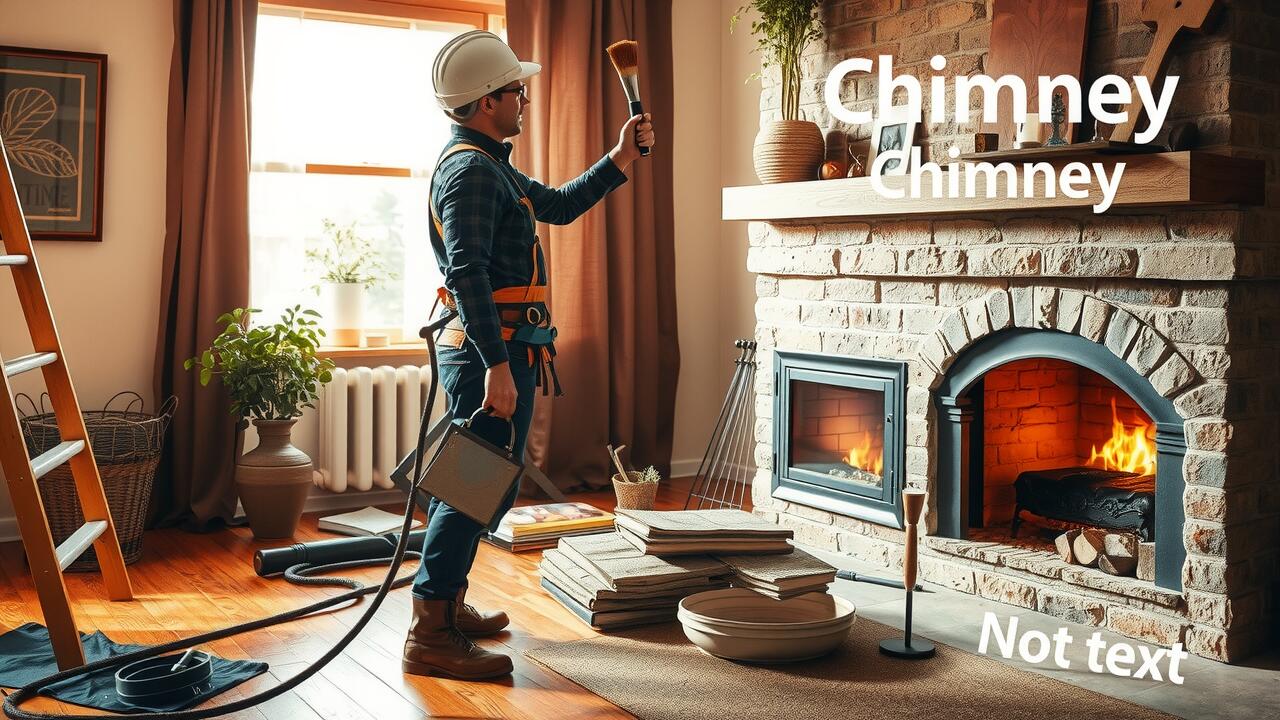
Table Of Contents
DIY Chimney Sweeping
Attempting DIY chimney sweeping can seem like an appealing option for many homeowners. It often presents the opportunity for cost savings, as you eliminate the expense of hiring a professional. Proper tools such as brushes, rods, and vacuums are necessary for the task. Additionally, understanding the structure of your chimney is crucial.
However, the process can be labor-intensive and carries certain risks. Without proper training, you might overlook critical safety measures. A chimney sweep carries the potential for not only physical harm but also incomplete cleaning. In some cases, DIY efforts may lead to more extensive issues down the road, requiring professional intervention.
Cost Savings vs. Professional Assurance
When considering whether to tackle chimney sweeping as a DIY project or hire a professional, cost savings often come to the forefront. DIY enthusiasts may find that purchasing the necessary tools and equipment can be relatively inexpensive. However, the potential for errors or incomplete cleaning could lead to higher long-term costs. For those not familiar with the ins and outs of chimney maintenance, taking this route can be more risk than reward.
On the other hand, opting for a professional chimney sweep offers peace of mind. Experienced individuals not only ensure that the job is done correctly but also provide inspections for any underlying issues that a homeowner might overlook. Their expertise can prevent future hazards related to improper maintenance. While this option may incur higher upfront costs, the assurance of a thorough and safe job can often justify the expense.
How to Choose a Chimney Sweep
Selecting the right chimney sweep involves assessing their credentials and experience. Look for professionals certified by recognized organizations such as the Chimney Safety Institute of America. A qualified chimney sweep should carry liability insurance and provide references from previous clients. Experience plays a crucial role; an established sweep with several years in the business is likely to provide more reliable service.
Additionally, consider the range of services offered by the chimney sweep. Beyond cleaning, they should be knowledgeable about inspections, repairs, and recommendations for maintaining chimney safety. A comprehensive approach ensures that not only is your chimney clean but also in optimal condition. Engaging a chimney sweep who can provide advice tailored to your specific system enhances the value of the service.
Credentials and Experience
When selecting a chimney sweep, verifying credentials is essential. Certified chimney sweeps typically hold certifications from recognized organizations, ensuring they have undergone the necessary training and adhere to industry standards. These qualifications provide peace of mind, as they indicate that the technician is knowledgeable about proper techniques for cleaning and maintaining chimneys.
Experience also plays a significant role in the choice of a chimney sweep. An experienced professional has likely encountered various types of chimneys and can identify specific issues more effectively. This background enables them to offer valuable insights regarding maintenance and potential problems, making them a reliable choice for homeowners seeking to ensure their chimneys operate safely and efficiently.
Warning Signs Indicating Your Chimney Needs Sweeping
A buildup of creosote is one of the primary warning signs indicating your chimney needs sweeping. This tar-like substance can accumulate over time, especially if you frequently use your fireplace. If you notice a thick, black, or brown residue lining the flue, it’s time to call a chimney sweep. Creosote not only poses a fire hazard but also restricts airflow, leading to inefficient burning.
Another sign is the presence of unpleasant odors emanating from the chimney. A musty or smoky smell can signal that debris or animal nests are obstructing the flue. If you experience excessive smoke entering your home while using the fireplace, it’s essential to address this issue promptly with the help of a professional chimney sweep. Ignoring these symptoms can lead to more extensive repairs and increased safety risks.
Common Symptoms of Build-Up
A well-maintained chimney is crucial for safe and efficient home heating. One common symptom of build-up is the presence of soot or creosote. This black, tar-like substance accumulates on the interior walls of the chimney due to incomplete combustion of fuels. When the build-up becomes excessive, it can obstruct airflow and pose a significant fire hazard. Homeowners should be vigilant and check their chimney for these signs, especially after using a fireplace regularly.
Another indicator that a chimney requires sweeping is the presence of a strong, unpleasant odor. This smell often arises from accumulated debris or moisture trapped within the chimney. In addition, if you notice difficulty in starting a fire or reduced heating efficiency, it may signal blockages affecting proper venting. Regular inspections by a qualified chimney sweep can help address these issues before they escalate into more serious problems.
FAQS
How much does it typically cost to sweep a chimney?
The cost of chimney sweeping can vary widely depending on the region and the condition of the chimney, but on average, homeowners can expect to pay between $100 and $300 for a professional sweep.
Are there additional costs associated with chimney sweeping?
Yes, additional costs may include inspections, repairs, or the removal of blockages, which can increase the overall price. If extensive cleaning or repairs are needed, these services will also add to the total cost.
Can I save money by sweeping my chimney myself?
While DIY chimney sweeping can save you money on labor costs, it requires proper tools and knowledge to do it safely and effectively. Without the right expertise, you might miss critical issues that could lead to costly repairs or safety hazards.
How often should I have my chimney swept?
It is generally recommended to have your chimney swept at least once a year, especially if you use your fireplace regularly. However, the frequency may vary based on usage, type of fuel, and local regulations.
What are the signs that my chimney needs to be swept?
Common symptoms of build-up include a strong odor coming from the chimney, visible soot accumulation, smoke backing up into the home, or a slower-than-normal draw when using the fireplace. If you notice these signs, it’s best to schedule a sweeping as soon as possible.
